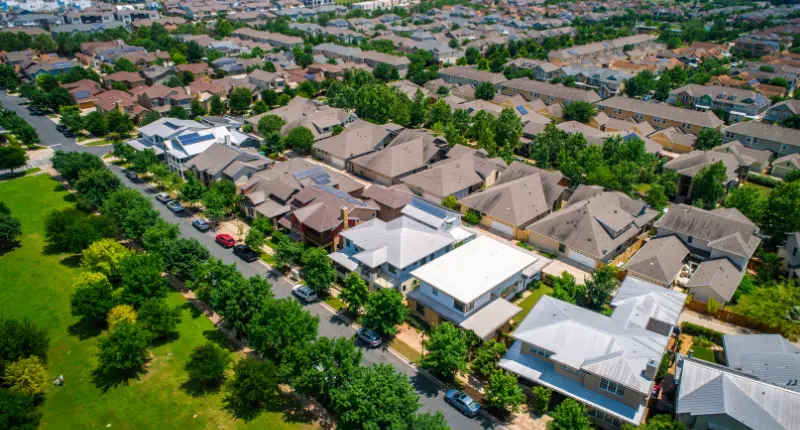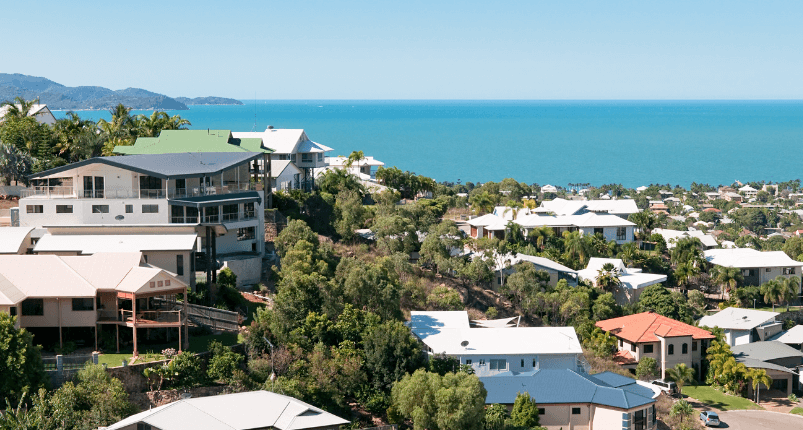- The RBA plays a major role in Australia's economy
- Historically low interest rates have driven the current property boom
- Despite criticism, the RBA has remained firm on its course
Since The Property Tribune launched in early February, we have closely followed the actions, decisions and insights of the Reserve Bank of Australia (RBA).
Australia’s central bank is arguably one of the most important and consequential institutions in the country. Since receiving its powers as described in the Reserve Bank Act of 1959, its role has been to carry out monetary policy that will best contribute to:
- the stability of the currency of Australia;
- the maintenance of full employment in Australia; and
- the economic prosperity and welfare of the people of Australia.
The RBA has had to make tough decisions in the face of economic downturns, whether it be the 1990s “recession we had to have” to the more recent 2008 Global Financial Crisis.
More recently, Covid-19 has been one of the bank’s biggest challenges to date.
RBA doves to the rescue
It was 2 February of this year that The Property Tribune first reported on the RBA’s decision to keep the cash rate at 0.1%. They have remained at that rate ever since.
The last time interest rates were changed was in November 2020, when they were reduced from 0.25%, the previous historical low. The rate has been below 1% since October 2019, and it has not been above 2% since April 2015. It was last above 5% just before the global financial crisis of 2008.
The decision to lower interest rates has wide implications for all areas of the economy. Low interest rates mean that borrowing costs are lower, which provides a greater incentive for consumption and investment, which in stirs economic growth.
Driving the reduction in rates was a form of unconventional monetary policy called ‘quantitative easing‘, whereby the RBA purchased government bonds and other financial assets on a large scale to increase the money supply in attempts to encourage economic activity. This is also referred to as ‘printing money’, and in years past would have deemed to have been inflationary (put prices up).
In the context of Australia, the RBA was purchasing bonds on the secondary market through an open auction process. This included Australian Government bonds as well as state and territory bonds.
The RBA might be described as “monetary doves“, meaning they prioritise low unemployment over low inflation. This is opposite to a “monetary hawk”, which refers to an economist, policymaker, or advisor that prioritises keeping inflation in check as the most important goal of monetary policy, as became popular during the 1980s.
It is clear that the Covid crisis and risk of a further downturn have driven the RBA to leave behind the opinions of the hawks in favour of pursuing full employment.
In other words, it’s all about jobs and growth.
Although the Australian economy has continued to perform relatively well, with the unemployment rate at 5.1% (May 2021), wage growth and inflation remain stubbornly muted. The Bank believes it can get unemployment down to 4.5%.
What about the property market?
Due to the ultra-low interest rate environment and a raft of government stimulus measures, house prices have surged across the nation.
In some quarters, there is concern regarding a runaway property market and resultant housing affordability constraints. Sydney and Melbourne are now the third and sixth most unaffordable cities in the world according to the 2021 Demographia International Housing Affordability report.
Although it is undeniable that the RBA’s easy monetary policy has helped drive up property prices, RBA Governor, Philip Lowe has stated (many times) that it does not (and should not) target house prices.
The goal of the RBA, he argues, is to reduce unemployment, increase wage growth and get inflation back to its target 2% to 3% level.
As long as wage growth does not reach these targets, interest rates will not be raised, and in any case, will not be used to tame galloping house prices. So, expect the house price rises to continue.
Another organisation watching the markets is the Australian Prudential Regulation Authority (APRA). But they are focused on lending standards, more than house prices per se.
They may advocate for what are known as ‘macroprudential policies’, which are essentially tools used to restrict bank lending.
For example, if APRA thought lending was getting out of hand and standards were being lowered unacceptable levels, they could call for a tightening in lending rules. This could mean that borrowers might only be allowed to borrow triple their income for a deposit as opposed to six times. Another example could be that they must put down 30% on a house deposit instead of 20%. This limits the pool of people capable of participating in the housing market, and acts to cool it down.
Interest rates don’t move, but the housing market is brought in for a soft landing, says the theory. Not everyone agrees with this policy however, as it can distort behaviours so much that the property market screeches to a halt, or even moves in reverse.
RBA at odds with some, but stands firm
No one can deny that the RBA holds a major responsibility to ensure the welfare and prosperity of the Australian people is ensured – hence why the RBA’s moves are followed so closely by the media, commentators and economists of all political persuasions.
In early February, Dr Lowe was scrutinised by The House of Representatives Standing Committee on Economics, with the committee chair, Tim Wilson voicing his concerns on the long-term outlook on the economy:
“The decisions the RBA are making has an impact on everyone, and with cheap easy money pushing up asset prices, and the spectre of inflation and higher super that could soften wage increases on the horizon, there needs to be scrutiny of the consequences of their decisions.”
Meanwhile, a study was recently released calling for the responsibilities of the RBA to be expanded to include maintaining a more stable, rational housing market.
However, Dr Lowe was again adamant in his latest speech that Australia’s central bank “does not, and should not, target housing prices.”
Finally, the Commonwealth Bank of Australia (CBA) came out opposing the RBA’s projections, arguing that interest rates will probably have to rise from November 2022, well ahead of the 2024 timeline currently forecast by the central bank.
“For the past six months CBA’s economic forecasts for the Australian economy have been at odds with the RBA’s “2024 at the earliest” forward guidance on the cash rate given the strength of the economic data,” said CBA Head of Economics Gareth Aird.
Others have argued that inflation is already becoming visible in the economy, and that interest rates may have to rise even before 2022.
The old adage that if you put ten economists in a room, they’d reach eleven conclusions, rings true.








